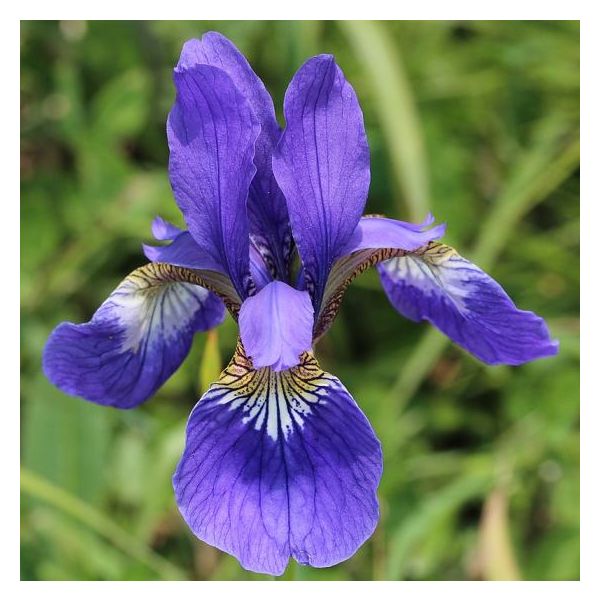Iris Sanguinea Seeds
Iris Sanguinea Seeds

Delivery
All orders shipped with UPS Express.
Always free shipping for orders over US $250.
All orders are shipped with a UPS tracking number.
Returns
Items returned within 14 days of their original shipment date in same as new condition will be eligible for a full refund or store credit.
Refunds will be charged back to the original form of payment used for purchase.
Customer is responsible for shipping charges when making returns and shipping/handling fees of original purchase is non-refundable.
All sale items are final purchases.
Help
Give us a shout if you have any other questions and/or concerns.
Email: contact@domain.com
Phone: +1 (23) 456 789
Availability: In stock
SKU
Iris Sanguinea
Iris sanguinea is a perennial growing to 0.75 meter by 1 meter. This Iris is native to Japan, Korea and Siberia. Iris sanguinea habitat is grassland. It is suitable for bogs and water gardens. Related to Iris sibirica, but less branched with shorter stems. The flowers are consisting of 3 sepals and 3 petals. The flowers are hermaphrodite they have both male and female organs. The plant is self-fertile. The flowers are borne above clumps of long, narrow, plain green leaves. Elegant foliage to 2.5 feet high. The plant spreads by means of its modified stems, rhizomes, which are located below the soil surface. Hardiness zones 4-9, (-32øC/-25øF, -5øC/25øF) in Winter. Plants are very cold tolerant, but they can be damaged when dormant if the soil is too moist. The plant prefers light sandy and medium loamy soils. Grows well in heavy clay soils. This Iris likes acid conditions. It requires moist or wet soil. Requires consistently moist soil; do not let dry out between waterings. It can grow in semi-shade or no shade.
| Common name | Japanese Iris, Siberian Iris |
|---|---|
| Species | Iris sanguinea |
| Germination | First, you can scarify the seeds to try to speed up germination. For faster germination, soak the seeds in slightly hot water for 24-48 hours, followed by 3 months cold stratification before sowing, 1/4 inch deep, in your soil. Keep damp soil, not soaking wet. Keep pot in warm situation 20øC/68øF. Germination usually takes several months. It can be more, depending on their degree of unbroken dormancy, don't give up. |
| Scarification / Stratification | Seed coats may be so hard that they are impermeable to water. They need to be scratched or broken using a knife or sandpaper, in order to germinate. Chip the seeds with a sharp knife or make a few swipes with a sharp edged file or use sandpaper to allow moisture being more readily absorbed. |
| Price View | Price Range |

